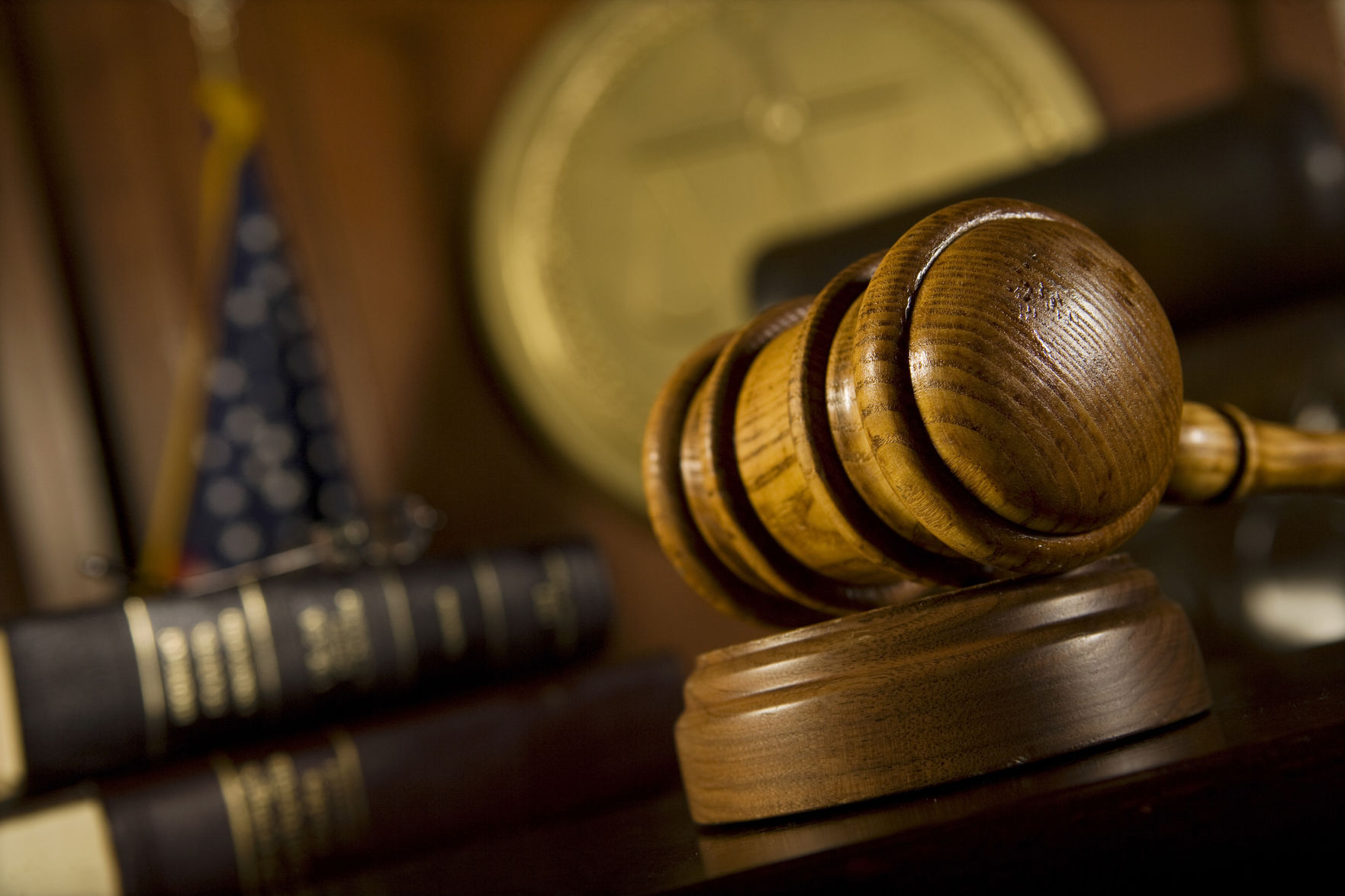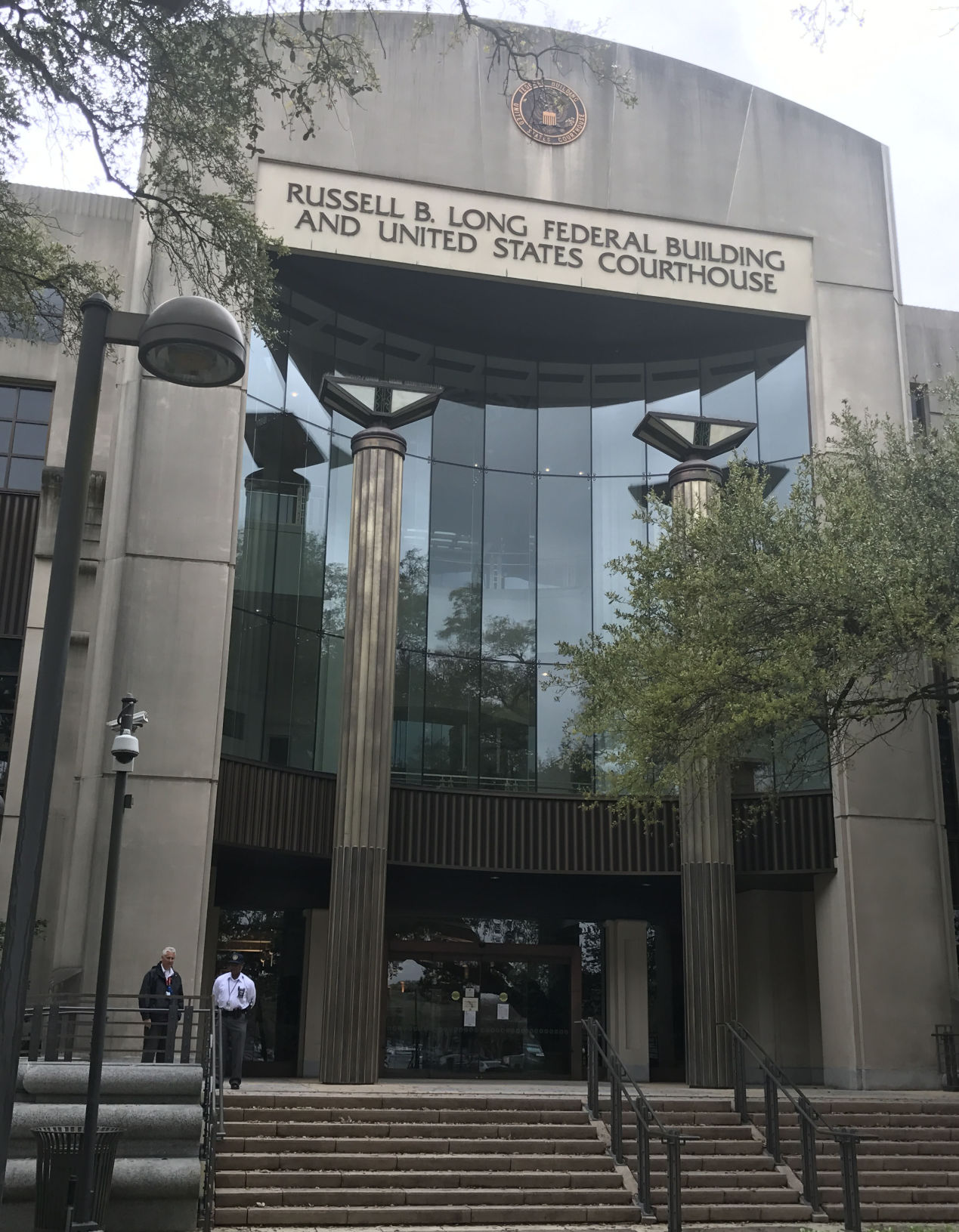Monumental issues in the Bayou Region
August 23, 2017
A historic decision: NAACP prevails in judgeship case
August 23, 2017Now that the trial judge has rendered his opinion in the Terrebonne Parish judicial district case, the onus is on state officials to come up with a plan that will bring the manner in which 32nd Judicial District judges are selected into compliance with federal law.
The road to compliance could prove bumpy, however, and there is no guarantee that the matter will be resolved soon.
On Thursday U.S. District Judge James Brady released his findings that at-large voting for Terrebonne Parish judges violates Section 2 of the Voting Rights Act, that the practice was intended to dilute black votes and therefore also violates the U.S. Constitution.
A model for compliance was presented during the Baton Rouge trial of the case, brought against Louisiana’s governor and attorney general by the Terrebonne Parish NAACP. The model would split the 32nd Judicial District into five sub-districts, one for each division of court, with one drawn to give black voters a statistical edge.
Indications are that state officials might come up with a different plan, if a statement issued Friday by Attorney General Jeff Landry’s office is any kind of an indication. The statement is critical of Brady’s refusal to accept the election of Terrebonne Parish’s first black judge – in an election with no opposition – as proof that all is well.
“This decision is disturbing,” the statement reads. “How can a legislatively-drawn district, that resulted in the first African-American judge being elected at large in Terrebonne Parish, be struck down as ‘discriminatory’ or enacted with discriminatory intent?”
The statement accuses Brady of ignoring “the jurisprudence of the United States Supreme Court, the Fifth Circuit Court of Appeals, as well as recent decisions by the Middle District Court of Louisiana.”
“These courts have previously recognized the important link between judges and the jurisdictions they serve. Because of this relationship, sub-districts are normally disfavored,” the statement concludes.
They are nothing new to Louisiana, however. Twelve of the state’s 41 judicial districts outside of Orleans Parish use them in some form. At the individual level, that means 106 of Louisiana’s 193 non-Orleans trial judges are elected through use of sub-districts.
If the state’s plan for correction is not suitable to the attorneys for the plaintiffs in this case, they are within their rights to lobby the judge for a solution they find more favorable. Recalcitrance could result in appointment of a special master by the judge to compel some form of agreement between the two sides, or the judge himself could flat out order a solution.
For many local officials in Terrebonne Parish – and certainly if the trial is an indication the Attorney General – the most onerous option is the one presented by the attorneys for the NAACP, which was repeatedly referenced by Judge Brady in his decision. It creates five districts, one for each of Terrebonne’s five court divisions. One of those would be the minority district.
According to interviews with demographic experts familiar with the Terrebonne case and attorneys for the plaintiffs, voting for each judgeship would be done by residents of the corresponding district for which that judge runs.
At least for the first election done in that scenario, residency would likely not be required within the districts conforming to each division.
Another option would be creation of the minority sub-district – most likely along the lines drawn in the trial model – with the other four judges being elected at large by the rest of the parish. This is similar to a less-detailed plan presented to legislators in 2011, which was voted down. It would also be considered problematic from the standpoint of the minority district residents, since they everyone else in the parish would be voting for four other judges.
No matter what plan the state presents it is likely that the plaintiffs will be insistent on something as close as possible to the model presented at trial, which by the judge’s own indications would comport with Section 2 of the Voting Rights Act.
“We don’t know what the remedy will be,” said Leah Aden, the NAACP Legal Defense Fund’s chief litigator in the Terrebonne case.
Co-counsel Victorien Wu said that in most voting rights cases the legislature and the governor of the state fget together and come up with a fair system the court would be willing to entertain.
“The judge needs to make a determination that the remedy complies with federal law, that the proposal completely and fully remedies the constitutional violations he has find in this case,” Wu said. “If he is not satisfied with the proposal he can come up with his own remedy.”
If that happens, the plaintiff attorneys said, they will not be silent, and briefs containing their preferences would likely issue.
“The court embraced the plan we imposed for liability satisfaction,” Wu said. “The court could find it an effective plan or a potential remedy.”
Aden noted that the plan presented at trial satisfies all the criteria required for redistricting.
The attorneys on all sides are waiting for a summoning to a trial conference with Judge Brady, at which what direction the case might take will be more apparent, so speculation at this point is considered way premature.
As the clock ticks toward the time when all sides appear before Judge Brady again, the matter of accounting draws near as well. Among the discussions that will commence when that conference occurs is the one about finances, meaning how much the state of Louisiana will have to pay the NAACP’s legal experts and attorneys.
The price tag can be high. Charleston County, S.C. spent $2 million unsuccessfully defending a Voting Rights Act claim. Fayette County, Ga. taxpayers spent over $1.1 million defending a Section 2 claim challenging at-large voting.









